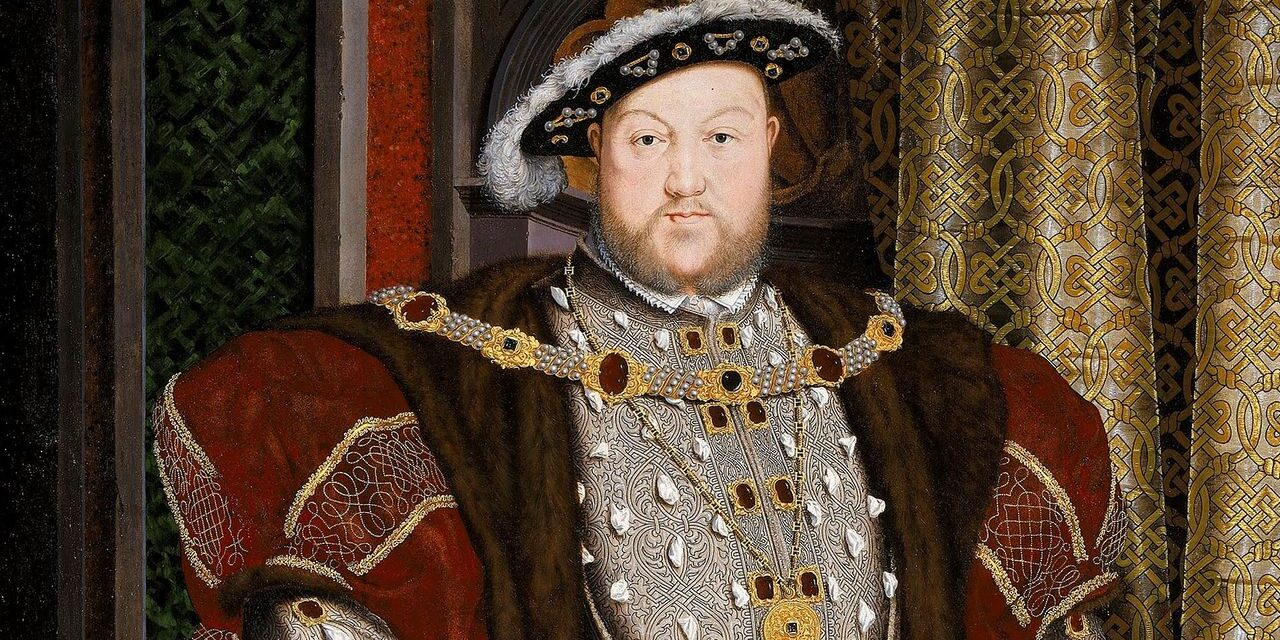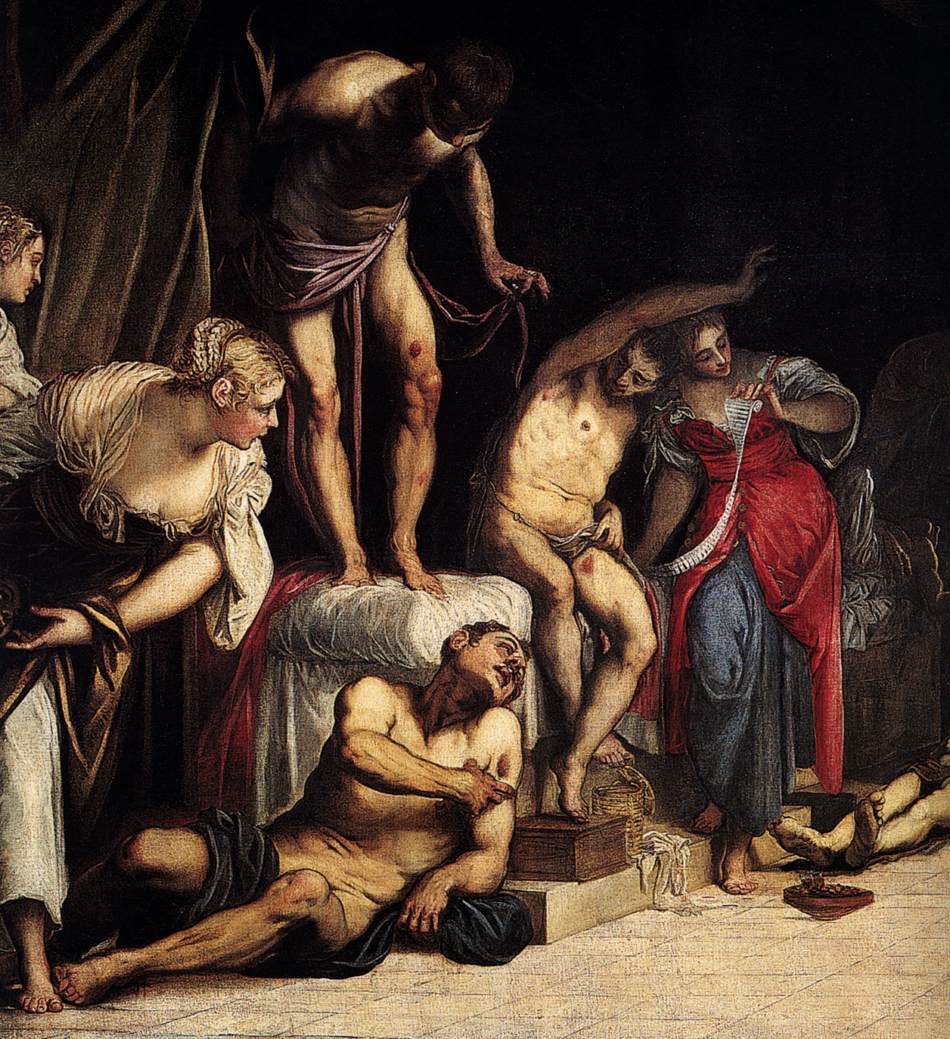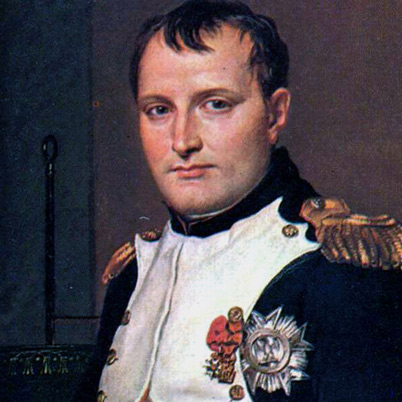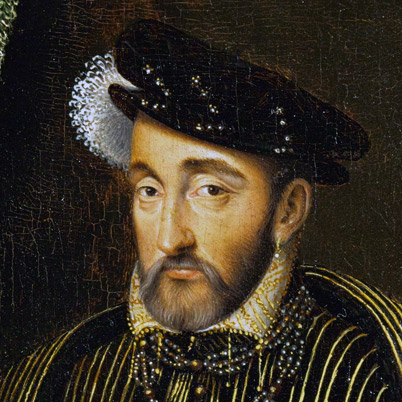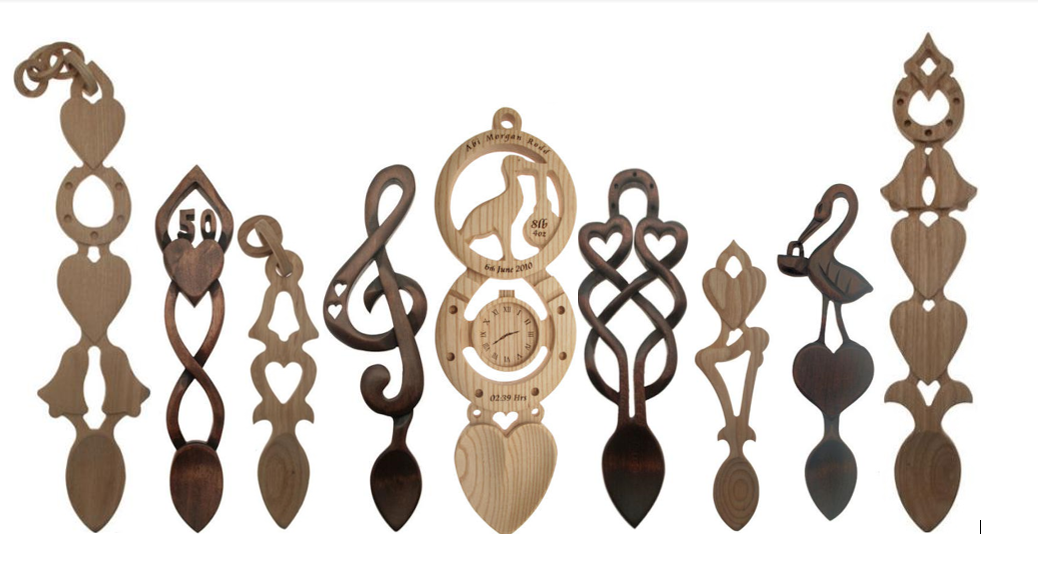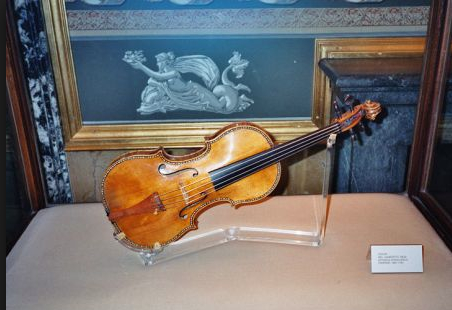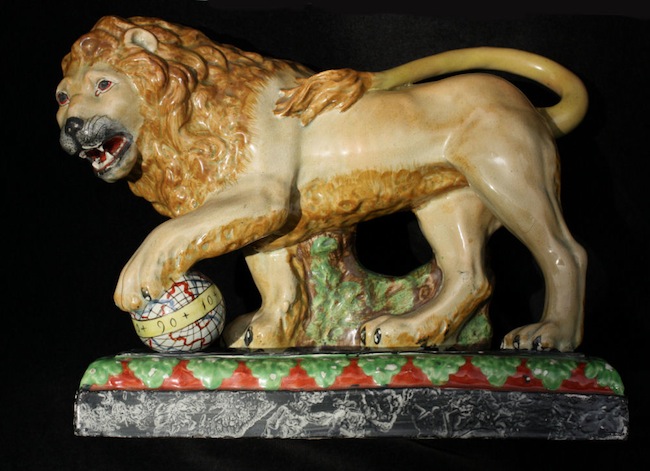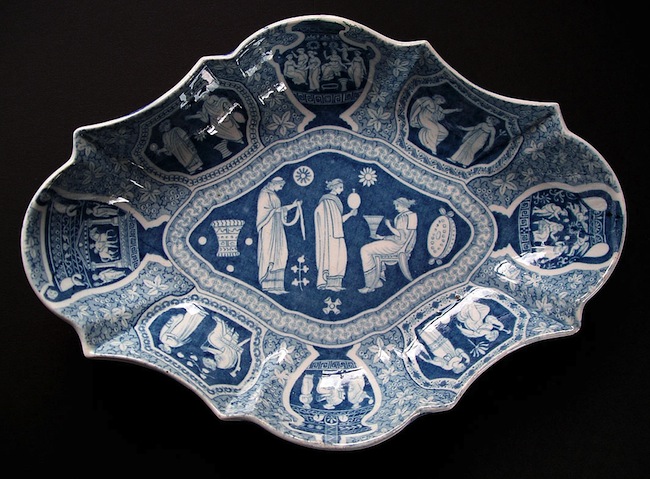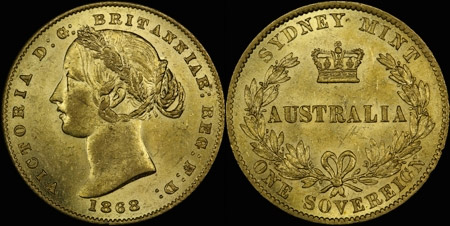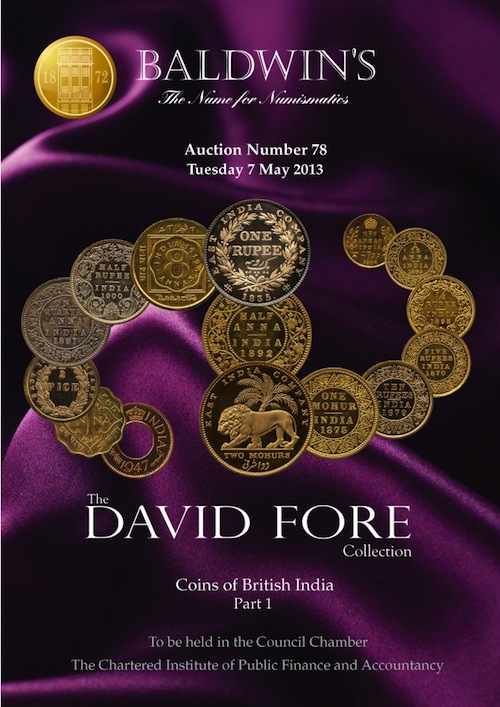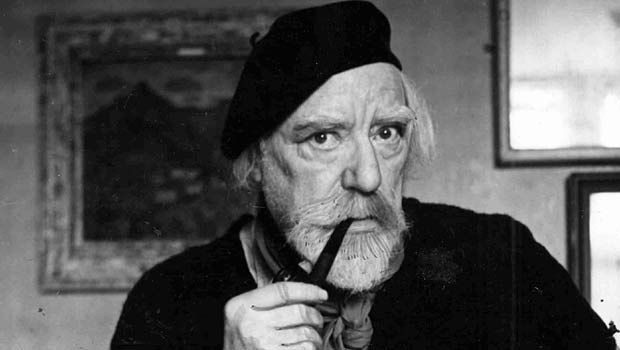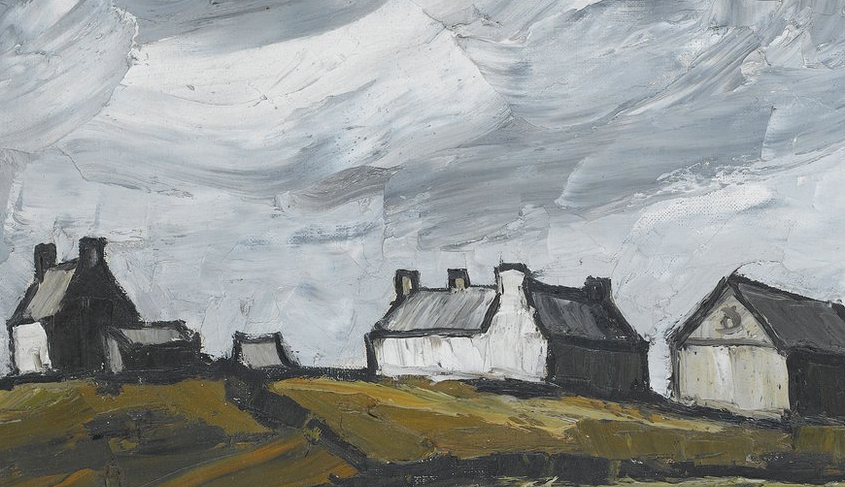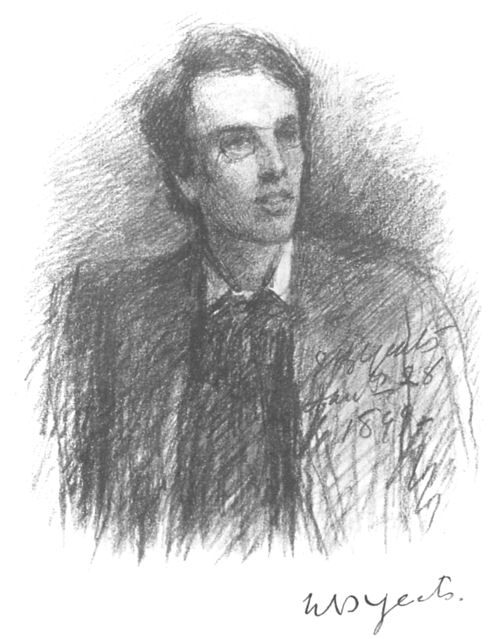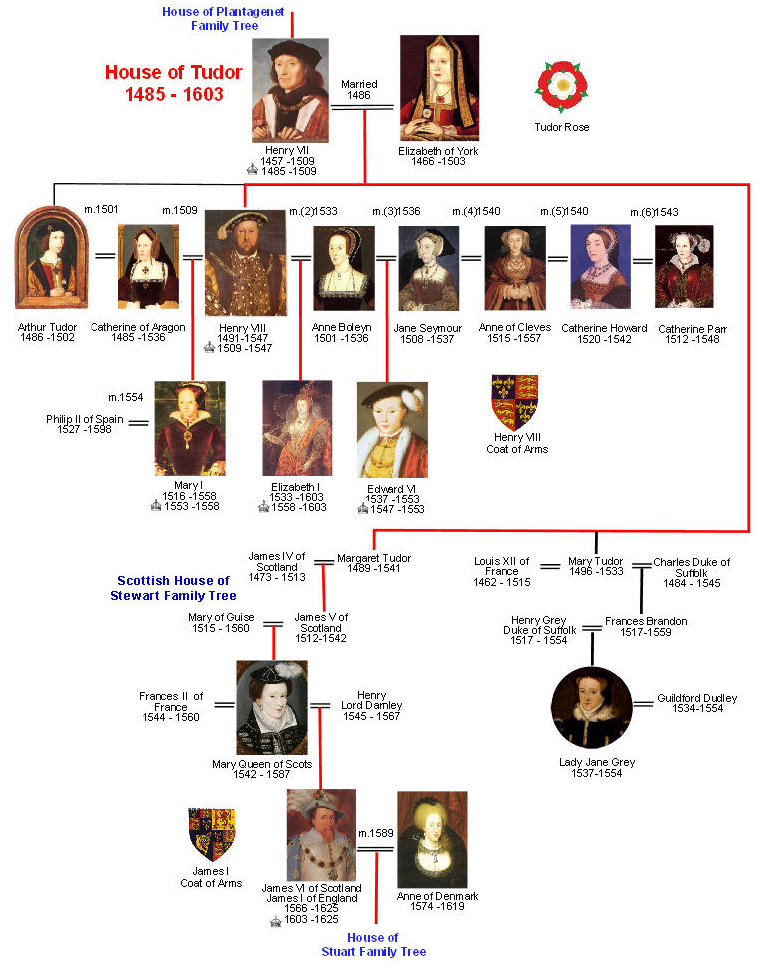
The House of Tudor Family Tree traces the lineage and key members of one of the most famous royal dynasties in English history, which ruled England from 1485 until 1603. This dynasty began with Henry VII, who established Tudor rule after the tumultuous Wars of the Roses, and ended with Elizabeth I, its last monarch.
Origins and Founding
The Tudor family originally came from Penmynydd in Wales and gained prominence through Owen Tudor, a Welsh courtier who married Catherine of Valois, the widow of King Henry V of England. Their son Edmund Tudor married Margaret Beaufort, a descendant of the Lancastrian branch of the Plantagenet dynasty. Their posthumous son, Henry Tudor (later Henry VII), claimed the throne by right of conquest after defeating Richard III at the Battle of Bosworth Field in 1485, effectively ending the Wars of the Roses between the houses of Lancaster and York157.
To strengthen his claim and unify the formerly warring factions, Henry VII married Elizabeth of York, daughter of Edward IV, thereby symbolically merging the Houses of Lancaster and York into the new House of Tudor. This union was represented heraldically by the Tudor rose, combining the red rose of Lancaster and the white rose of York59.
Key Members of the Tudor Family Tree
- Henry VII (1457–1509)
Founder of the Tudor dynasty and King of England from 1485 until his death in 1509. Married Elizabeth of York and consolidated the monarchy after years of conflict. They had several children, including: - Henry VIII (1491–1547)
Son of Henry VII and Elizabeth of York, Henry VIII reigned from 1509 to 1547. Famous for his six marriages and for initiating the English Reformation, breaking from the Roman Catholic Church to form the Church of England. He fathered three legitimate children who succeeded him:- Edward VI (1537–1553)
Henry VIII’s only son who reigned briefly from 1547 to 1553. He was a Protestant ruler whose reign was marked by significant religious reform. He died young and without heirs. - Mary I (1516–1558)
Daughter of Henry VIII and Catherine of Aragon, she ruled from 1553 to 1558. A Catholic monarch, she attempted to restore Roman Catholicism and is known for her persecution of Protestants, earning the nickname “Bloody Mary.” She died childless. - Elizabeth I (1533–1603)
Daughter of Henry VIII and Anne Boleyn. She was Queen from 1558 until her death in 1603 and is famous for the Elizabethan era, a time of cultural flourishing and relative stability. She died unmarried and without children, ending the Tudor dynasty578.
- Edward VI (1537–1553)
- Other Children and Relatives
Henry VII and Elizabeth of York had several other children, including Arthur, Prince of Wales (1486–1502), who died young but had been the original heir to the throne. Henry VIII married Catherine of Aragon, Arthur’s widow, after Arthur’s death.
Family Succession and End of the Dynasty
The Tudor monarchs ruled for just over a century, with succession passing through Henry VII, Henry VIII, Edward VI, Mary I, and Elizabeth I. The Tudor line ended with Elizabeth’s death in 1603, as she left no heirs. The crown then passed to her cousin James VI of Scotland, who became James I of England, starting the Stuart dynasty and uniting the crowns of England and Scotland79.
Summary of the House of Tudor Family Tree Structure
- Owen Tudor and Catherine of Valois
- Edmund Tudor (Earl of Richmond) and Margaret Beaufort
- Henry VII (1485–1509) married Elizabeth of York
- Arthur, Prince of Wales (1486–1502)
- Henry VIII (1509–1547)
- Married six times; key children:
- Edward VI (1547–1553)
- Mary I (1553–1558)
- Elizabeth I (1558–1603)
- Married six times; key children:
- Other children of Henry VII and Elizabeth of York also existed but did not impact the royal succession significantly
- Henry VII (1485–1509) married Elizabeth of York
- Edmund Tudor (Earl of Richmond) and Margaret Beaufort
Importance of the Tudor Dynasty Family Tree
The Tudor family tree reflects a crucial period in English history marked by dynastic conflict resolution, religious transformation, and the cultural renaissance of the Elizabethan age. The Tudors’ Welsh and Plantagenet roots connected them with long-established royal houses, yet their era was distinctly transformative, ending medieval England and laying foundations for the modern British state.
This overview captures the main figures and lineage of the House of Tudor family tree, emphasizing the historical significance and succession of its monarchs from Henry VII to Elizabeth I1579.
- https://en.wikipedia.org/wiki/House_of_Tudor
- https://www.famsf.org/stories/tudors-whos-who
- https://www.britroyals.com/tudortree.asp
- https://www.worldhistory.org/image/18005/house-of-tudor-family-tree/
- https://www.britannica.com/topic/House-of-Tudor
- https://web.archive.org/web/20210824093815/https:/www.britannica.com/topic/House-of-Tudor
- https://schoolhistory.co.uk/notes/tudor-family-tree/
- https://www.encyclopedia.com/history/modern-europe/ancient-history-middle-ages-and-feudalism/tudor-dynasty
- https://www.wikiwand.com/en/articles/House_of_Tudor
- https://thehistoryofengland.co.uk/resource/family-tree-the-house-of-tudor/

